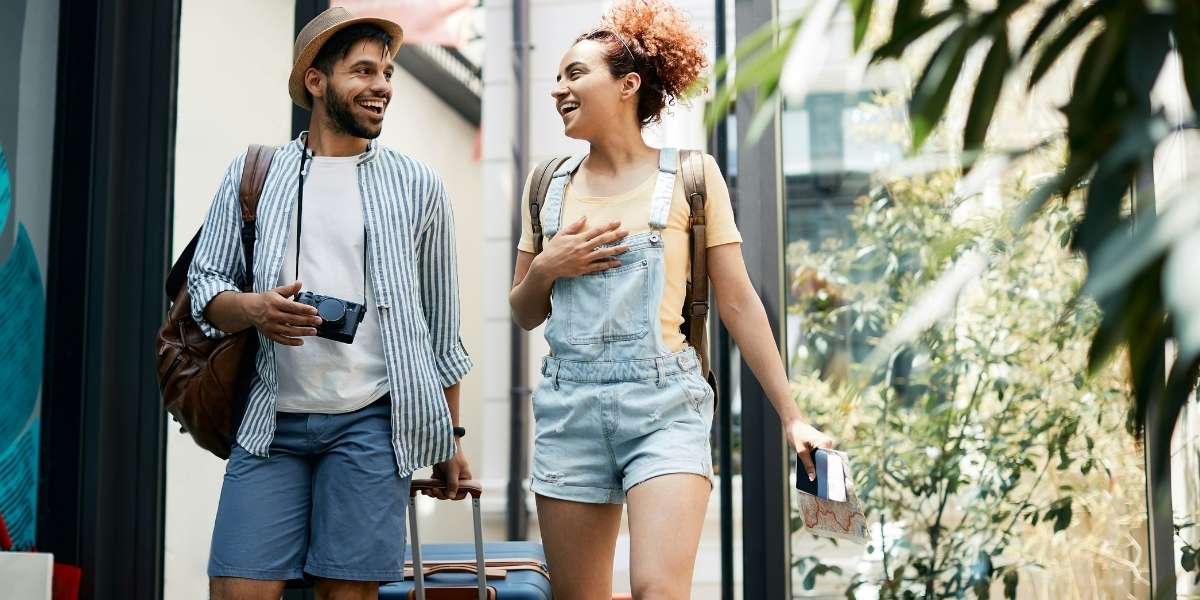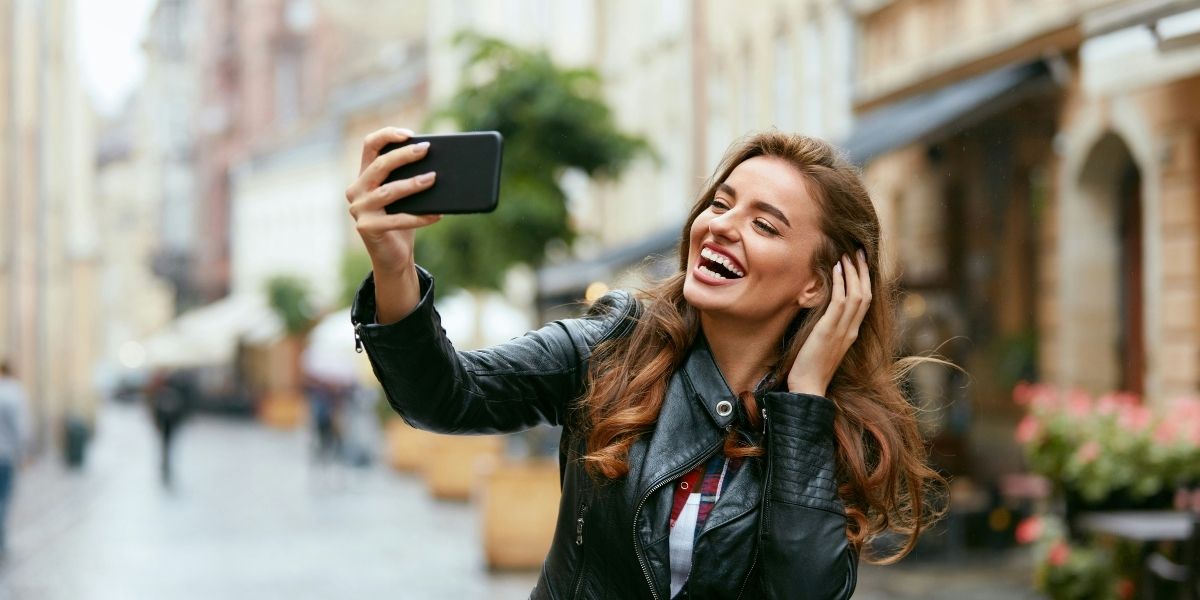The essential laws to remember when visiting the Big Apple are not just about avoiding fines, they are about understanding how the city operates. New York has its own rhythm, shaped by millions of residents and visitors moving through its streets each day. That pace is exhilarating, but it also means certain rules are in place to keep people safe, traffic flowing, and public spaces accessible. A little awareness goes a long way toward making a trip smoother and more respectful.
For many travelers, the city’s mix of energy and density can be overwhelming at first. Sidewalks double as commuter highways, subway platforms swell with people in seconds, and traffic signals are timed for efficiency rather than leisure. Those unfamiliar with the city may not realize that something as simple as pausing in the wrong place or crossing at the wrong time can disrupt more than their own journey.
Pedestrian and Street Etiquette Laws
Walking is the default way to get around in New York, so it is no surprise that pedestrian laws are treated seriously. Jaywalking, crossing in the middle of the block or against a red signal, is technically illegal and can lead to a fine. Enforcement varies, but the larger concern is safety. Drivers anticipate that pedestrians will follow the lights, and stepping into traffic unexpectedly can cause dangerous situations.
Obstructing sidewalks can also draw attention. While stopping to take a photo or check a map is natural, doing so in the middle of a busy sidewalk interrupts the flow of foot traffic. The city’s narrow curb space means that even small blockages can force people to step into the street, which is both unsafe and unwelcome.
Street vendors and performers bring personality to the city’s public spaces, but they too operate under permit rules. Some areas are restricted for vending, and performers using amplified sound may need specific authorization. Understanding that not every setup is authorized helps visitors navigate with a clearer sense of what’s legitimate.
Public Transit Rules

The subway and bus networks are central to daily life in New York, and both have their own regulations. Fare evasion, slipping through an emergency gate or boarding a bus without paying, is a violation that carries fines. Eating and drinking are discouraged on trains, and open containers of alcohol are prohibited across the transit system.
Noise policies are also enforced. Playing music aloud without headphones disrupts the shared environment, and occupying multiple seats during rush hour can lead to complaints or intervention from transit staff. Photography is generally permitted, but bulky equipment such as tripods may require prior approval. Safety guidelines also include keeping clear of train doors so they can operate without delay, a rule that’s as much about efficiency as courtesy.
Alcohol and Smoking Laws
Public drinking is one of the most common missteps for visitors unfamiliar with city regulations. The open container law prohibits consuming alcohol on streets, in parks, or in other public areas. Even carrying a visible alcoholic beverage can prompt police to issue a citation.
Smoking rules are equally strict. Indoor public spaces like restaurants, bars, and offices are smoke‑free, as are many outdoor areas including parks, beaches, and pedestrian plazas. This extends to e‑cigarettes and vaping devices. Designated smoking zones exist but are limited, so smokers should plan ahead to avoid unintentional violations.
Traffic and Cycling Regulations
Visitors who drive in the city face an entirely different set of regulations. Right turns on red lights are prohibited unless a posted sign says otherwise, a reversal of the rule in many other places. The citywide speed limit is 25 miles per hour unless otherwise indicated, and automated cameras issue tickets for violations in many zones.
Cycling is a popular way to explore, but it comes with obligations. Cyclists must follow the same rules as cars, including stopping at red lights and yielding to pedestrians. Riding on sidewalks is illegal for adults, and blocking a bike lane with a car or even by standing in it is a ticketable offense. These lanes are lifelines for cyclists and part of the city’s broader traffic safety plan.
Public Conduct and Noise Regulations
Noise control laws are designed to keep residential areas livable. Playing loud music late at night, hosting outdoor gatherings that disrupt neighbors, or operating equipment outside permitted hours can all draw fines. While street performances are allowed in many public spaces, amplified sound may require a special permit.
Cleanliness rules are also enforced. Littering is subject to fines, and trash must be placed in designated bins or set out for collection at specific times. Leaving garbage out early or outside designated containers can lead to tickets. Even feeding pigeons in certain public areas is prohibited to control health risks.
Why Awareness Matters
The essential laws to remember when visiting the Big Apple may seem like common sense to locals, but they are not always obvious to first‑time visitors. They exist to keep a densely packed city functioning for everyone, from residents to tourists. Following them is as much about respect as it is about avoiding penalties.
Travelers often have limited time to experience the city, and disruptions caused by misunderstandings or citations can cut into that time. Knowing the basics, where to cross the street, how to ride the subway without conflict, where drinking and smoking are allowed, can remove unnecessary stress from a trip.
Blending In with Confidence

Following these laws is also a quiet way to blend in. Locals value efficiency in public spaces, and those who match that rhythm are often perceived more positively. Small habits, like stepping aside to check a phone or speaking at a reasonable volume on the train, signal an understanding of the city’s unwritten etiquette.
The essential laws to remember when visiting the Big Apple form part of its welcome. They are an invitation to experience the city not as an outsider battling crowds, but as a participant in its daily flow. For travelers, embracing these norms can turn a visit into something more memorable, not because of what went wrong, but because of how seamlessly it all went right.
















